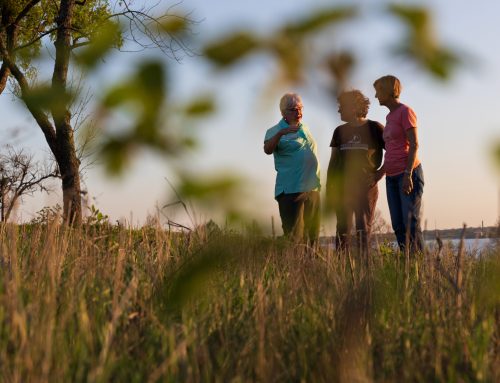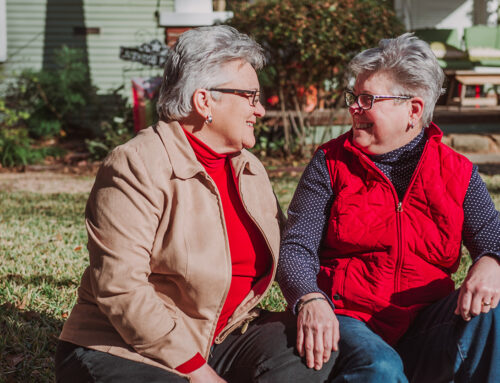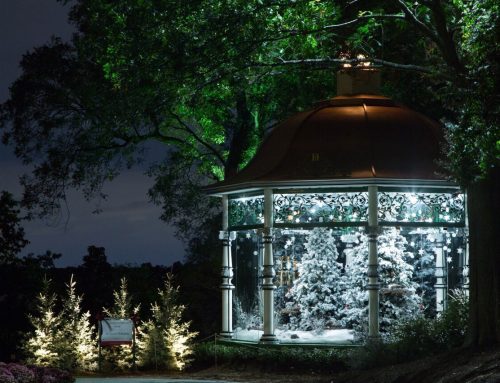Sometimes success brings with it its own challenges. For years, our older East Dallas neighborhoods have struggled with various forms of blight, crime and lack of code enforcement. Nowadays, however, thanks to a strong economy and the nationwide “back to the city” movement, more and more people who might not have considered it before are looking at East Dallas neighborhoods as places to settle.
There are a lot of things that are good about this trend, but one unavoidable effect of our neighborhoods’ increased desirability is that land values go up as well. What this means, in turn, is that a piece of property may reach a point where the land itself is worth more, according to market value, than the improvements on it — namely, the existing house. When this happens, prospective buyers start thinking about buying the property as a “tear-down,” removing the existing house and replacing it with a newer and larger house.
That’s all well and good, but it also means that the essential fabric of the neighborhood starts to change. If you want to get a good idea of what that can look like, take a leisurely drive up and down almost any of the side streets in the Park Cities and look at all the disproportionately big new houses squeezed onto the existing lots. The same thing happened there but earlier; the land values went much higher, so the older houses — usually perfectly good and architecturally interesting — were scrapped to make way for a “North Dallas Special,” as builders elsewhere sardonically call them.
The problem for Greenland Hills, Lower Greenville and other East Dallas neighborhoods is that as more suburban-style houses are interspersed among the existing houses, the historic appearance and charm of those neighborhoods change. However, there are ways available to try to preserve the architectural character of our older neighborhoods. The strictest, of course, is a historic overlay district, like those in Munger Place and Swiss Avenue. These tend to be more difficult to set up, however, and involve stricter regulation than the other option, which is a conservation district.
A conservation district, according to the Dallas Development Code, can be set up “to provide a means of conserving an area’s distinctive atmosphere or character by protecting or enhancing its significant architectural or cultural attributes.” The process, which can be fairly lengthy, can be started by at least half the property owners in a neighborhood or with the help of your neighborhood’s Councilmember or Plan Commissioner. Once the district is set up, it can regulate things like structure height, setbacks and lot coverage — all of which can be used to make sure new houses are built in proportion to the rest of the neighborhood. Even items such as architectural features and paint colors are addressed.
It may sound like too much red tape, but if you want to see what a successful conservation district can do, look around in the Hollywood/Santa Monica neighborhood — and price a few homes there. The proof is there — that using a conservation district to preserve the essential look of our Craftsman bungalow and Tudor cottage-lined neighborhoods actually enhances property values. With enough of your neighbors on board, your Councilmember will most likely help you out, too, but you have to get a lot of support lined up and then ask for help.
If you think this is a good idea for your neighborhood, then as Woody Guthrie used to say, “don’t agonize — organize”!





